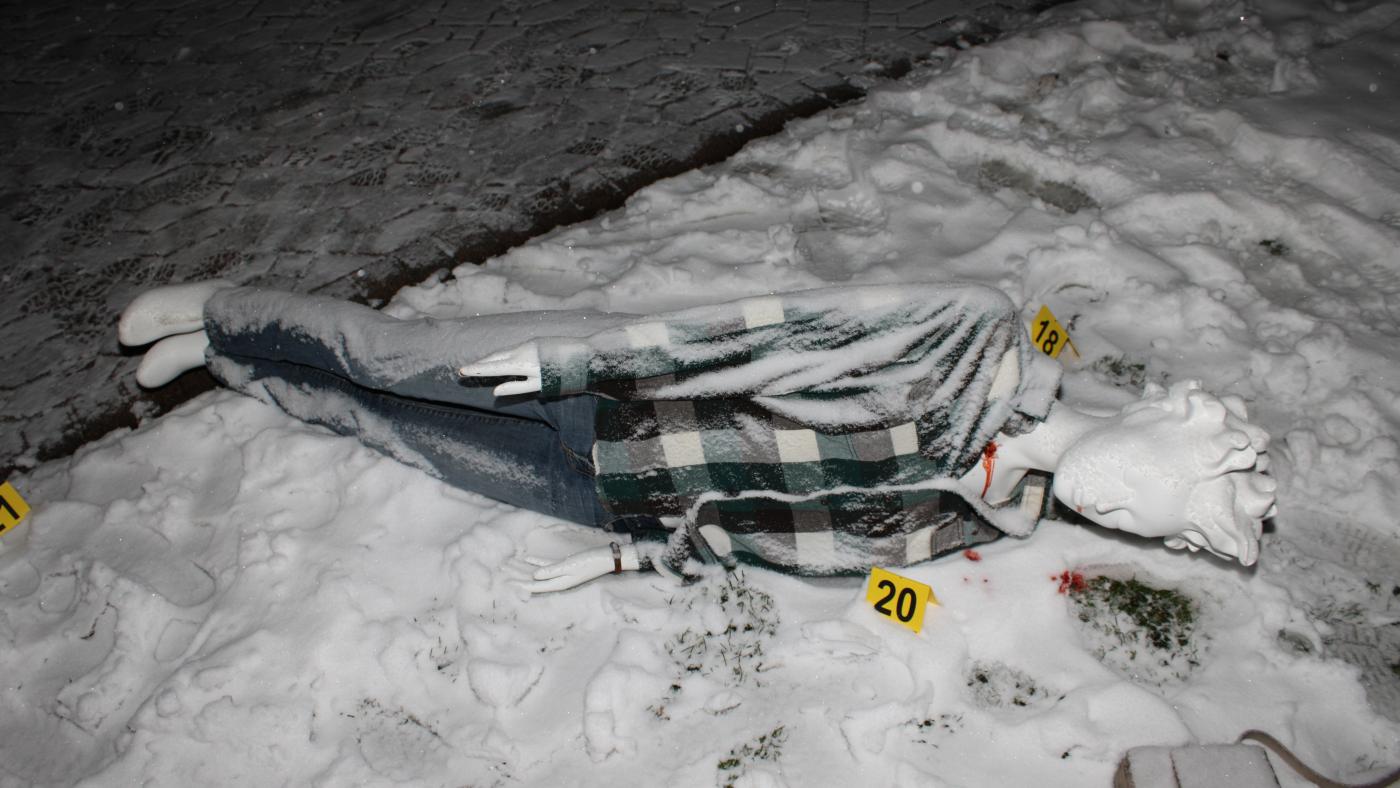Unveiling The Truth: The Impact And Significance Of Crime Scene Photos
Crime scene photos are more than just images; they are vital pieces of evidence that tell a story of events that transpired at a particular location. These photographs serve as a crucial element in criminal investigations and legal proceedings, providing insight into the circumstances surrounding a crime. In this article, we delve into the importance, ethical considerations, and the psychological impact of crime scene photographs, revealing why they hold such a significant place in both law enforcement and public perception.
Understanding crime scene photos requires a closer look at their role in the criminal justice system. From capturing evidence to aiding in the prosecution of offenders, these images are pivotal in establishing the facts of a case. However, it’s also essential to address the sensitive nature of these images and the potential effects they may have on the families involved, as well as the general public’s perception of crime.
Join us as we explore the multifaceted world of crime scene photography, discussing how these images are captured, analyzed, and utilized in both legal contexts and popular media. Through this exploration, we aim to provide a comprehensive understanding of crime scene photos and their broader implications in society.
Table of Contents
- The Importance of Crime Scene Photos
- Ethical Considerations in Crime Scene Photography
- The Psychological Impact of Crime Scene Photos
- Techniques Used in Crime Scene Photography
- Notable Case Studies Involving Crime Scene Photos
- Public Perception of Crime Scene Photos
- Legal Aspects of Using Crime Scene Photos
- Conclusion
The Importance of Crime Scene Photos
Crime scene photos play a vital role in the investigation process. They serve as a permanent record of the scene, capturing details that may be overlooked during the initial investigation. This section will explore the various reasons why crime scene photos are essential:
- Evidence Collection: Photos help document evidence, such as weapons, footprints, and other critical items.
- Scene Reconstruction: Investigators can analyze the photos to reconstruct the sequence of events leading up to and following the crime.
- Supporting Testimonies: Photos may support witness statements and expert testimonies during trials.
- Public Records: They serve as public records that can be reviewed in case of appeals or further investigations.
Ethical Considerations in Crime Scene Photography
While crime scene photos are crucial for investigations, ethical considerations must be taken into account. This section discusses the following:
Respect for Victims and Families
Photographers must navigate the fine line between documenting evidence and respecting the privacy of victims and their families. The release of crime scene photos can cause additional trauma to those affected.
Handling Sensitive Images
Law enforcement agencies have protocols in place to manage sensitive imagery. This includes limiting access to authorized personnel and ensuring that images are used solely for investigative purposes.
The Psychological Impact of Crime Scene Photos
Crime scene photos can evoke strong emotional responses. This section will explore the psychological implications for various stakeholders:
- Impact on Families: Families of victims may experience trauma when exposed to graphic images of their loved ones.
- Effects on Investigators: Law enforcement personnel may suffer from vicarious trauma due to repeated exposure to distressing images.
- Public Desensitization: The portrayal of crime scene photos in media can lead to desensitization among the public, impacting societal views on crime.
Techniques Used in Crime Scene Photography
Crime scene photographers use various techniques to ensure that images are clear, comprehensive, and useful for investigations. This section covers:
Types of Photography Techniques
- Wide-Angle Shots: Capturing the entire scene to provide context.
- Close-Up Shots: Focusing on specific evidence to highlight detail.
- Scale Reference: Using rulers or objects of known size to provide perspective on the scale of evidence.
Lighting and Angles
Good lighting is essential in crime scene photography. Photographers often use flash or portable lighting to ensure that all details are visible. Angles are also crucial; capturing images from multiple angles can provide a comprehensive view of the scene.
Notable Case Studies Involving Crime Scene Photos
Examining notable cases can provide insight into how crime scene photos have been utilized in real-life investigations. This section discusses:
- The O.J. Simpson Trial: The role of crime scene photos in one of the most publicized trials in history.
- Jack the Ripper: How crime scene photographs from the late 1800s have shaped public interest in the case.
Public Perception of Crime Scene Photos
The portrayal of crime scene photos in media and their effect on public perception is a critical topic. This section will explore:
- Media Sensationalism: How crime scene images are often sensationalized in the media, impacting public views on crime.
- True Crime Culture: The rise of true crime documentaries and podcasts that frequently utilize crime scene photos.
Legal Aspects of Using Crime Scene Photos
Crime scene photos are subject to various legal considerations. This section covers:
- Admissibility in Court: Conditions under which crime scene photos can be admitted as evidence.
- Copyright Issues: The ownership and distribution rights concerning crime scene images.
Conclusion
In summary, crime scene photos are an integral part of the criminal justice system, providing essential evidence while also presenting ethical and psychological challenges. Understanding the impact and significance of these images allows for a more nuanced discussion about their role in society.
We encourage readers to reflect on the information presented and consider the implications of crime scene photography in their understanding of crime and justice. Feel free to leave a comment, share this article, or explore more articles on our site for a deeper insight into related topics.
Final Thoughts
Thank you for reading! We hope you found this article insightful and informative. Please visit our site again for more engaging content on crime, justice, and related themes.
Did Steve Harvey Die Today? Uncovering The Truth Behind The Rumors
The Story Of The Youngest Mother: A Journey Through Time
WhipitDev Leak: What You Need To Know


